Amorphous Nanocrystalline Inductors
In today's rapidly developing field of electronics, inductors, as crucial passive components in circuits, directly impact power conversion efficiency, signal integrity, and device miniaturization. Traditional inductors face challenges such as high core losses, low saturation magnetic flux density, and bulky size in high-frequency applications. However, the emergence of amorphous nanocrystalline inductors offers a revolutionary solution to these problems, heralding a new era for high-frequency power electronics and RF applications.
What are Amorphous and Nanocrystalline Materials?
Amorphous Materials: These materials have an irregular atomic arrangement, lacking long-range order, similar to a liquid. When molten metal is rapidly cooled, atoms do not have time to form a crystalline structure and solidify into an amorphous state. Common amorphous alloys like Fe-Si-B, Co-Fe-Si-B, etc., are characterized by high resistivity, low coercivity, low core losses, and high saturation magnetic induction.
Nanocrystalline Materials: Nanocrystalline materials are formed by heat treatment (crystallization) of an amorphous precursor, resulting in the formation of nano-sized (typically less than 100 nanometers) crystalline grains. These nanocrystalline grains are separated by a thin amorphous phase. This unique microstructure imparts excellent soft magnetic properties to the material, such as extremely high permeability, low core losses, and good frequency response. A typical nanocrystalline material is the FINEMET series of alloys based on Fe-Si-B-Nb-Cu.
Advantages of Amorphous Nanocrystalline Inductors
Applying amorphous and nanocrystalline materials to inductors brings several significant advantages:
Extremely Low Core Losses: This is one of the most prominent advantages of amorphous nanocrystalline materials. Their high resistivity and fine grain structure effectively suppress eddy current losses, and their extremely low coercivity reduces hysteresis losses. This allows inductors to maintain higher efficiency and less heat generation when operating at high frequencies.
High Saturation Magnetic Flux Density: Amorphous and nanocrystalline materials generally possess high saturation magnetic flux density, meaning that inductors are less prone to saturation when carrying large currents, thereby maintaining a stable inductance value suitable for high-power applications.
Excellent Frequency Response: Due to their extremely low loss characteristics, amorphous nanocrystalline inductors can operate at higher frequencies, such as the MHz or even GHz range. This is crucial for applications like 5G communication, high-frequency switching power supplies, and RF modules.
High Permeability: Especially for nanocrystalline materials, their permeability can reach hundreds of thousands or even millions. This allows for significant size reduction of the inductor for the same inductance value, enabling high miniaturization.
Good Temperature Stability: The magnetic properties of amorphous nanocrystalline materials are less sensitive to temperature changes, ensuring stable inductor performance across different operating temperatures.
Application Areas
The excellent performance of amorphous nanocrystalline inductors gives them broad application prospects in high-tech fields:
High-Frequency Switching Power Supplies: In data centers, servers, electric vehicles, and consumer electronics, the trend is towards smaller and more efficient power supplies. Amorphous nanocrystalline inductors can significantly improve power conversion efficiency and reduce size.
5G Communication Equipment: 5G base stations and terminal devices have extremely high demands on the performance of RF components. Amorphous nanocrystalline inductors can provide lower losses and wider bandwidth, supporting high-speed data transmission.
New Energy Vehicles: In on-board chargers, DC-DC converters, and motor drivers, amorphous nanocrystalline inductors can enhance power density and reliability.
Medical Electronics: In portable medical devices and implantable devices, the requirements for miniaturization and low power consumption make amorphous nanocrystalline inductors an ideal choice.
EMI/EMC Filtering: Their high permeability and low loss characteristics make them highly suitable for suppressing electromagnetic interference and improving electromagnetic compatibility.
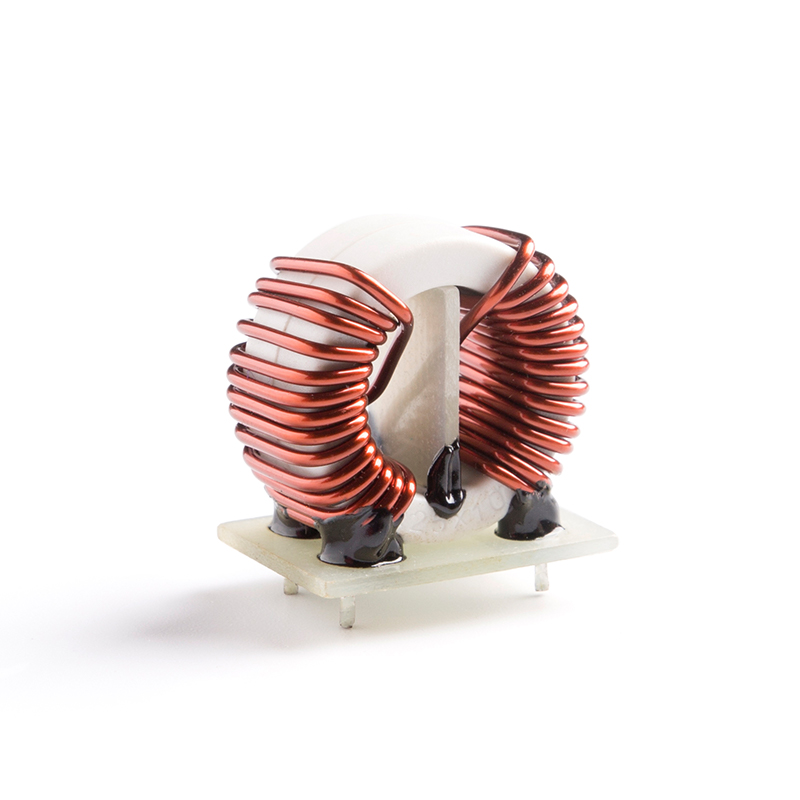

 English
English 中文简体
中文简体 Deutsch
Deutsch 日本語
日本語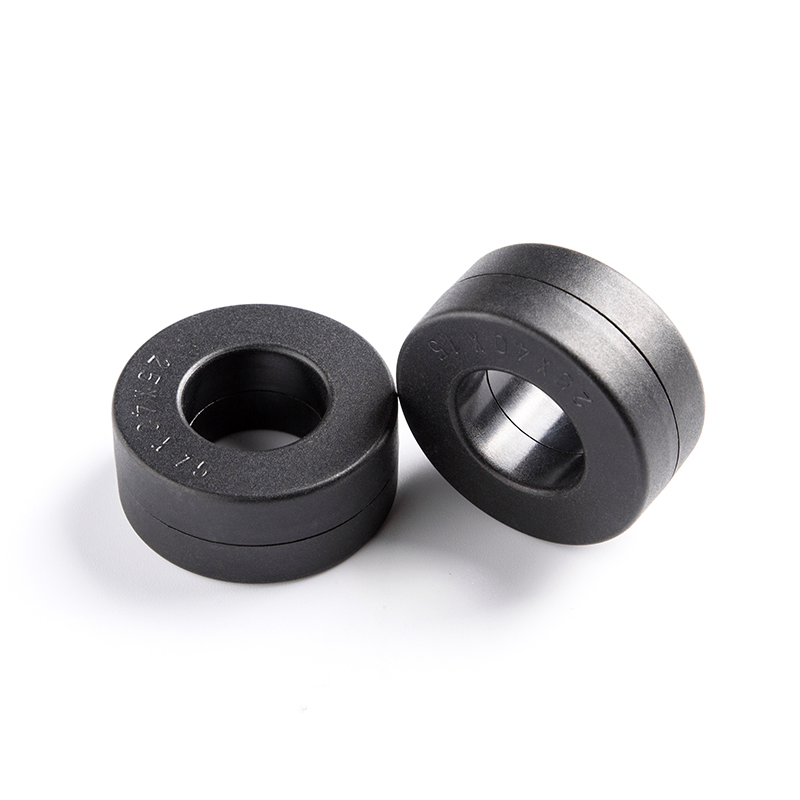
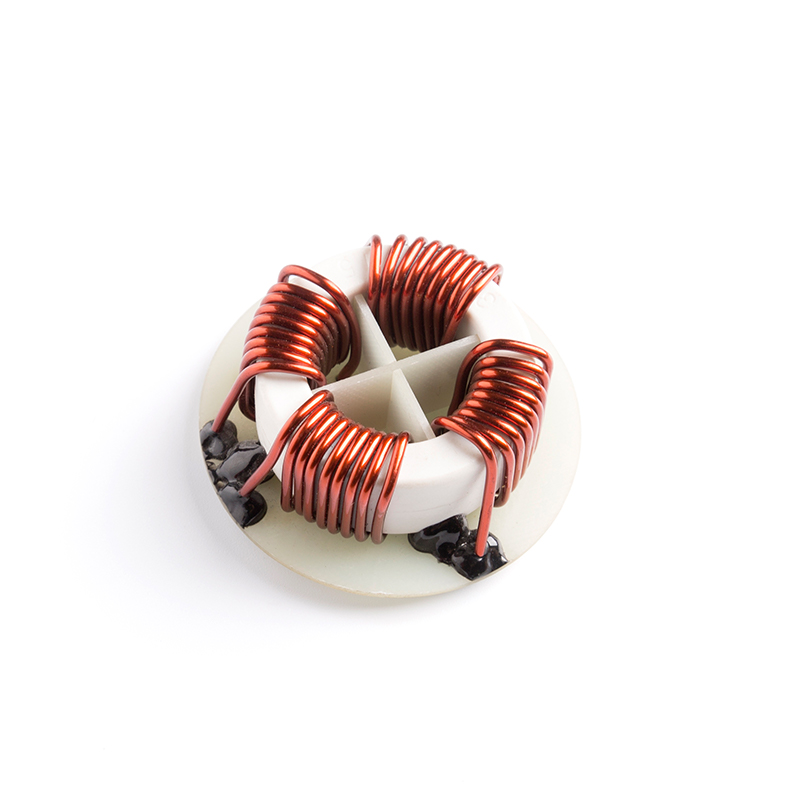
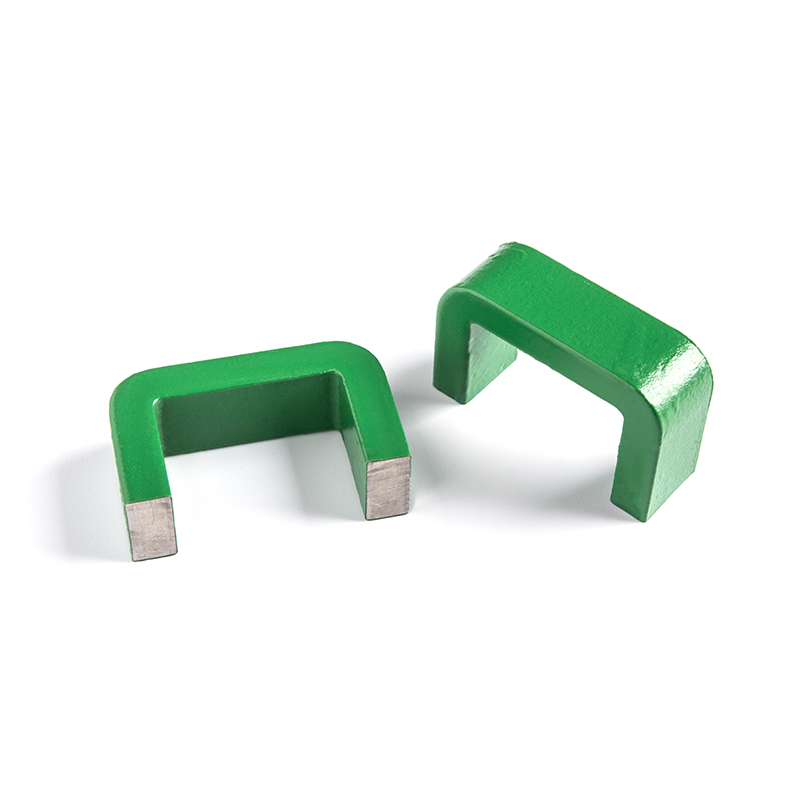 View More >>
View More >>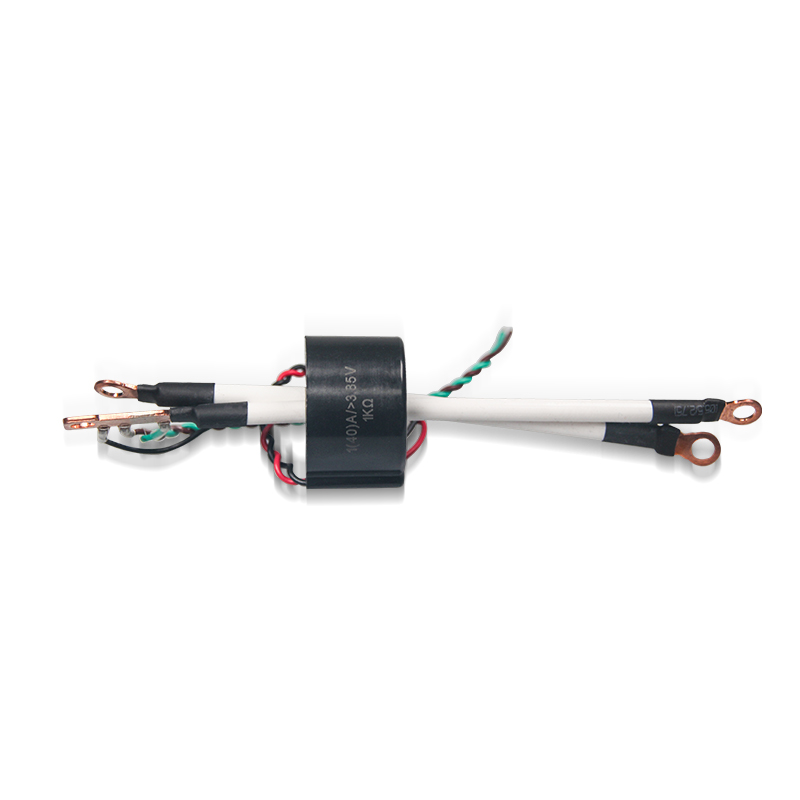 View More >>
View More >>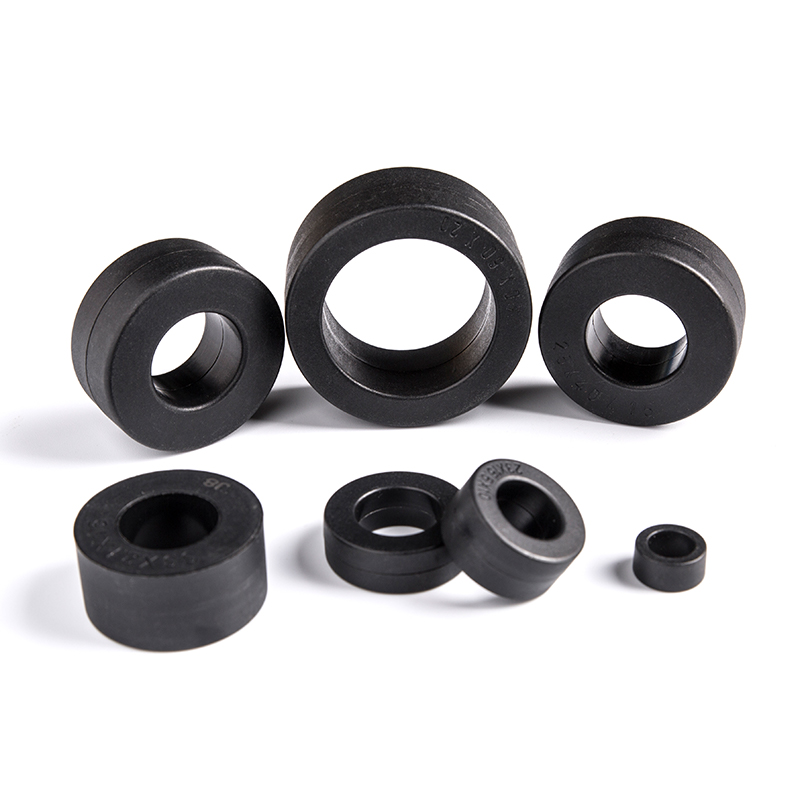 View More >>
View More >>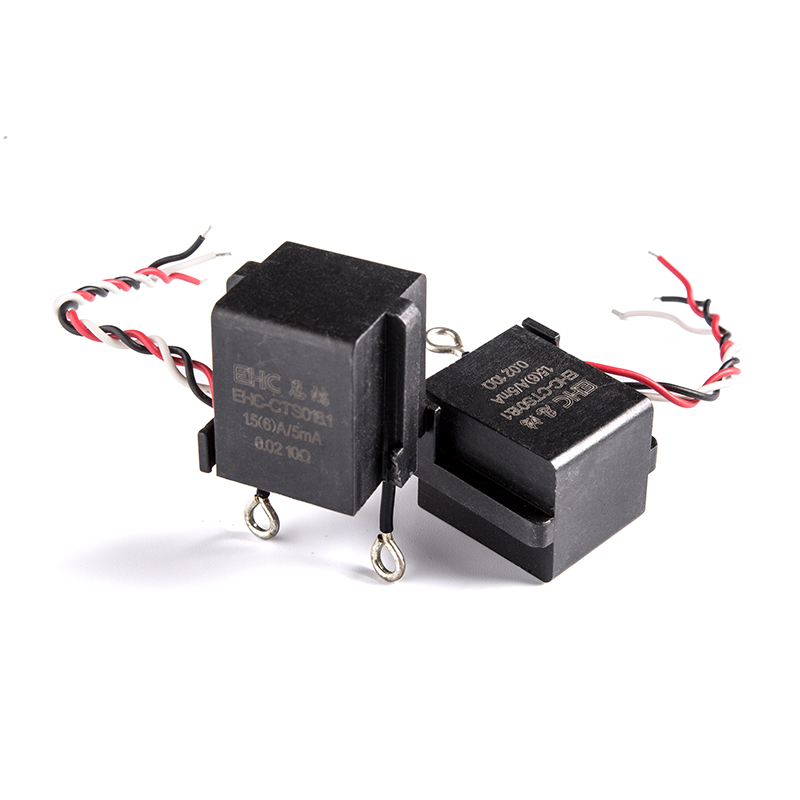 View More >>
View More >>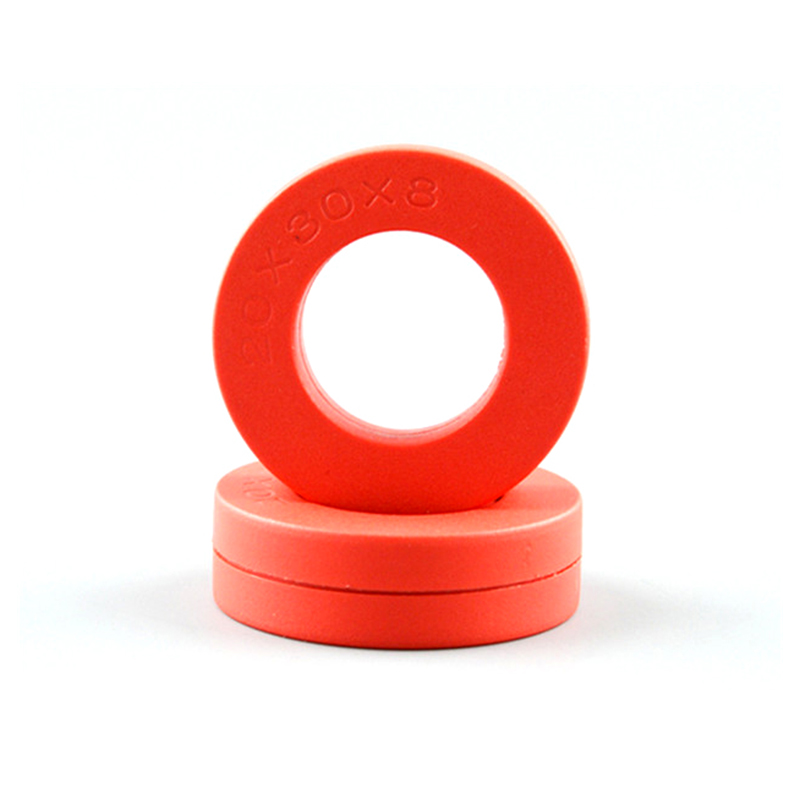 View More >>
View More >>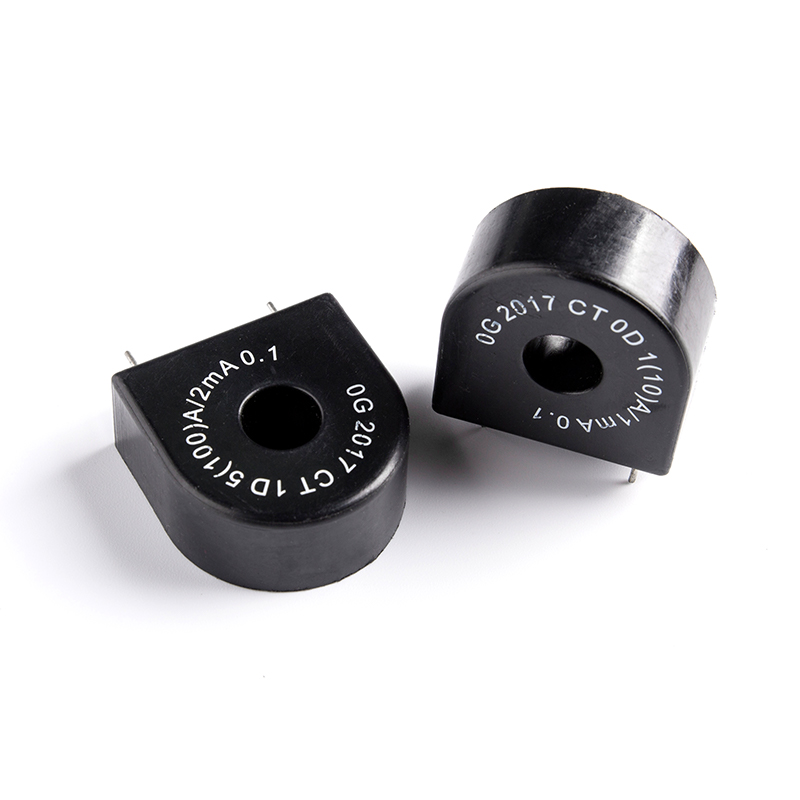 View More >>
View More >> View More >>
View More >>